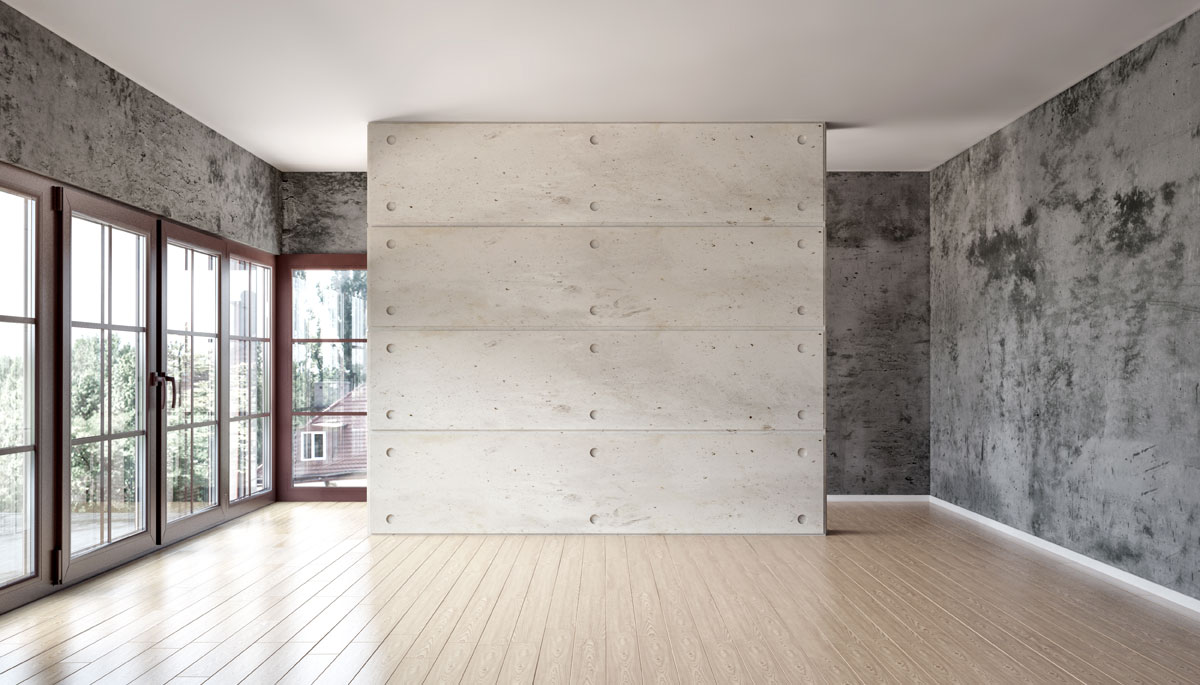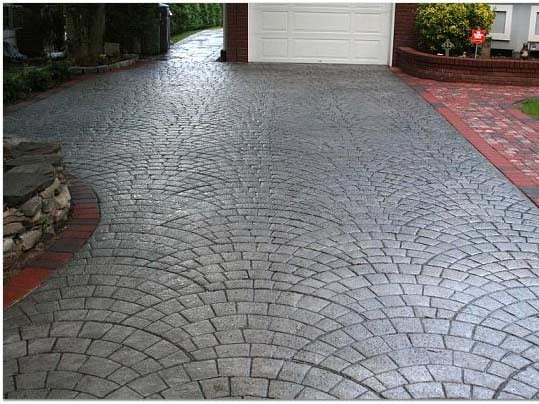The Longevity and Beauty of Concrete Sidewalks
Concrete sidewalks have long been a staple in metropolitan and rural landscapes because of their exceptional combination of strength and aesthetic appeal. The resilience of concrete as a paving material is well-known, with its ability to endure heavy foot traffic, stormy climate, and the examination of time. Past their durability, concrete walkways use a canvas for innovative style and personalization, raising the general look of a neighborhood or commercial location. As we discover the complex information of concrete pathways, it comes to be obvious that their sophistication goes beyond simple performance, making them a fascinating topic of factor to consider for both professionals in the industry and enthusiasts alike.

Advantages of Concrete Sidewalks
Enhancing pedestrian safety and security and aesthetics, concrete walkways use a durable and aesthetically appealing solution for city and rural landscapes. Unlike some different products that may deteriorate over time, concrete walkways have a lengthy life-span, needing very little maintenance.
Furthermore, concrete sidewalks are highly versatile in terms of design. They can be customized to match the surrounding atmosphere, whether it be through different colors, textures, or patterns. This versatility permits imaginative flexibility in metropolitan preparation and landscaping projects, enhancing the overall visual charm of the location.
In addition, concrete pathways are recognized for their reduced environmental impact. Concrete is a sustainable material that can be reused, lowering waste and adding to environmentally friendly construction practices. By picking concrete walkways, neighborhoods can prioritize both visual allure and environmental obligation in their infrastructure tasks.
Style Options for Sidewalks
When taking into consideration style options for sidewalks, it is necessary to focus on both performance and aesthetic allure in metropolitan planning and landscape design jobs. legendaryconcretemarietta.com. There are several layout alternatives offered to enhance the aesthetic appeal and capability of walkways

One more option is subjected accumulated concrete, where the top layer is removed to disclose the aggregate below, developing a visually intriguing and distinctive surface that also supplies outstanding slip resistance. - Concrete Companies Near Me
Colored concrete is a flexible selection that can be customized to match the surrounding setting or create visual rate of interest. Incorporating attractive elements like borders, racking up, or discoloration can better enhance the general style of the pathway.
Upkeep Tips for Longevity
To make sure the longevity and sophistication of concrete walkways over time, appropriate maintenance is vital in protecting their aesthetic charm and architectural honesty. Little fractures can be filled up with concrete caulk, while larger problems might call for professional repair service to make certain the structural stability of the walkway. By adhering to these upkeep ideas faithfully, concrete walkways can keep their elegance and functionality for years to come.
Environmental Impact of Concrete
Concrete, an extensively utilized building material, has substantial ecological effects that necessitate careful consideration in modern facilities jobs. The production of concrete includes the removal of raw materials such as sedimentary rock and sand, contributing to environment devastation and ecosystem disturbance.
To reduce the environmental effect of concrete, lasting methods such as utilizing alternate cementitious products, integrating recycled aggregates, and maximizing mix layouts are being increasingly taken on. By applying these approaches, the construction sector can proceed to profit from the resilience of concrete while lowering its total ecological footprint.
Future Trends in Pathway Construction
Taking into consideration the advancing landscape of sustainable building and construction techniques, the future trends in sidewalk building and construction are positioned to revolutionize the view method concrete frameworks affect the setting. Among the essential fads in walkway construction is the enhanced use of recycled materials. By including materials such as recycled accumulations and supplemental cementitious products like fly ash or slag, pathways can be built with a reduced carbon impact. Additionally, the growth of absorptive concrete is getting grip in walkway building and construction. Permeable concrete enables water to pass try these out through, minimizing runoff and lessening the stress on stormwater administration systems.
The adoption of premade concrete sidewalk sections can simplify construction procedures, lowering waste and construction time. As sustainability comes to be an increasingly vital aspect of construction, these patterns in pathway construction are most likely to form the future of urban facilities advancement.

Conclusion
In verdict, concrete pathways use many benefits such as resilience and beauty. Despite concerns concerning its ecological effect, concrete stays a popular choice for pathways.
Unlike some different materials that may deteriorate over time, concrete sidewalks have a long lifespan, calling for marginal upkeep.To make sure the sturdiness and beauty of concrete sidewalks Visit Website over time, proper maintenance is crucial in maintaining their visual charm and structural honesty.Thinking about the developing landscape of sustainable building and construction techniques, the future fads in walkway construction are positioned to change the way concrete frameworks impact the setting. Furthermore, the growth of permeable concrete is gaining traction in pathway building. The fostering of prefabricated concrete sidewalk sections can streamline construction procedures, decreasing waste and building and construction time.